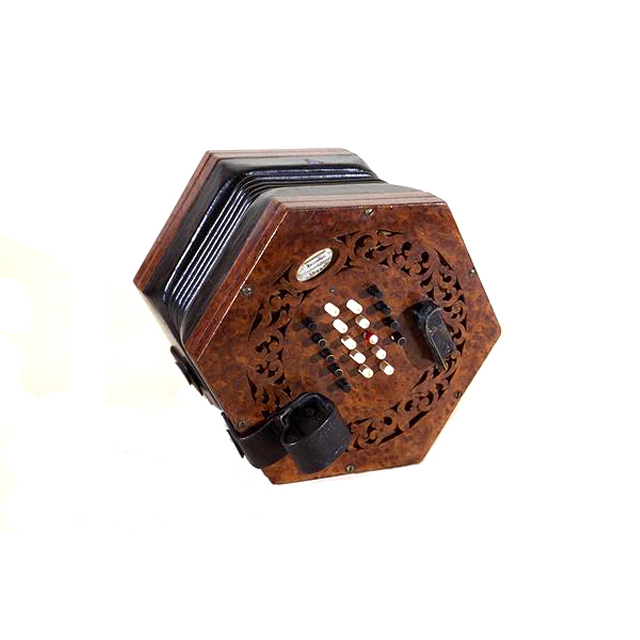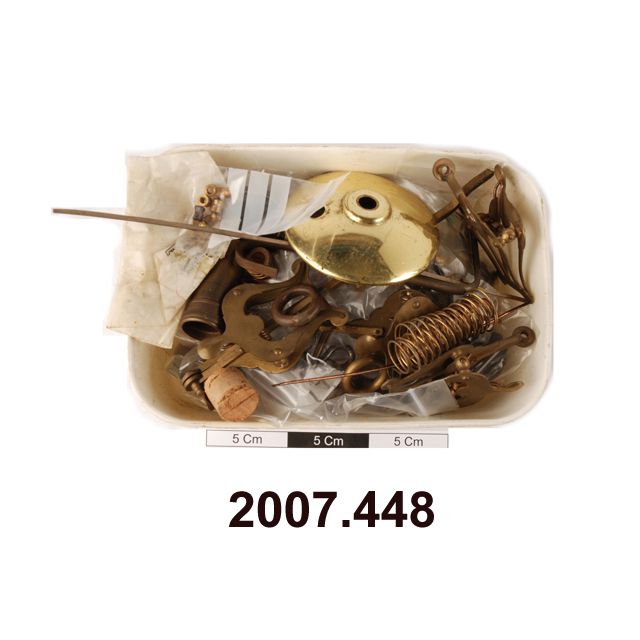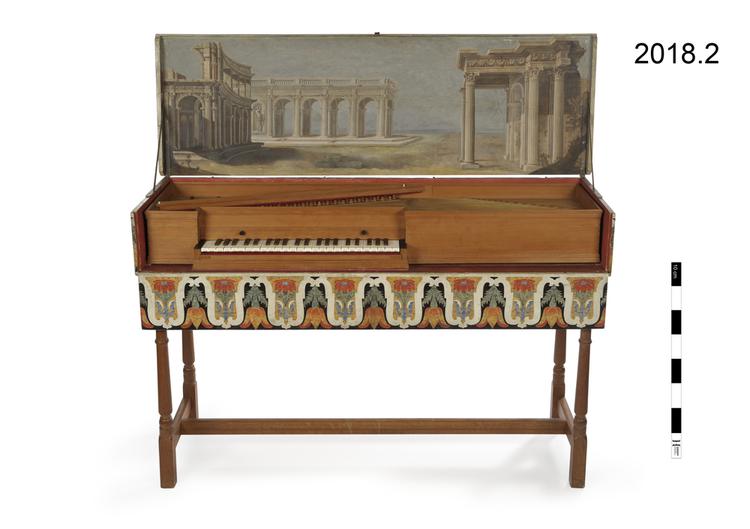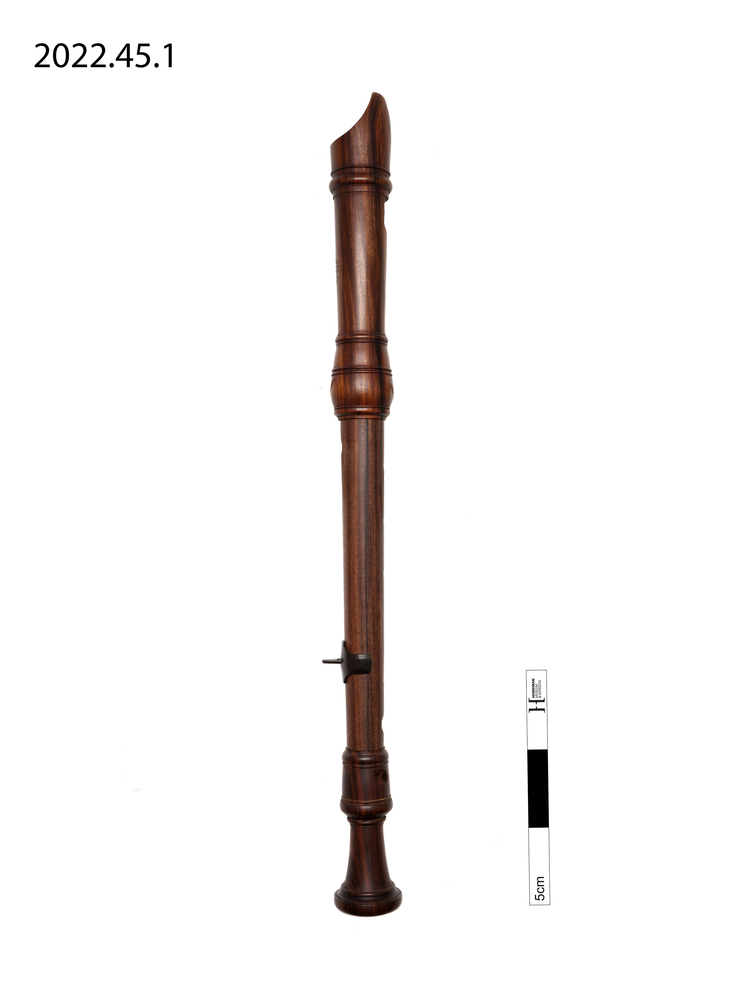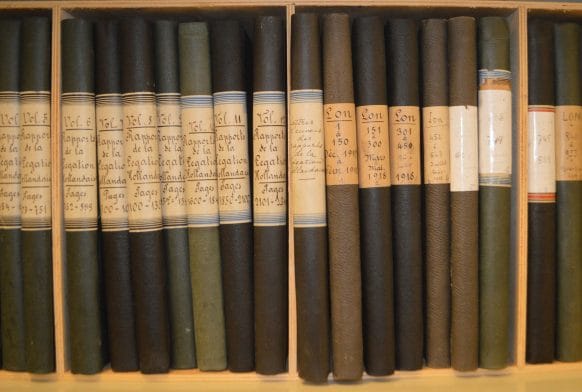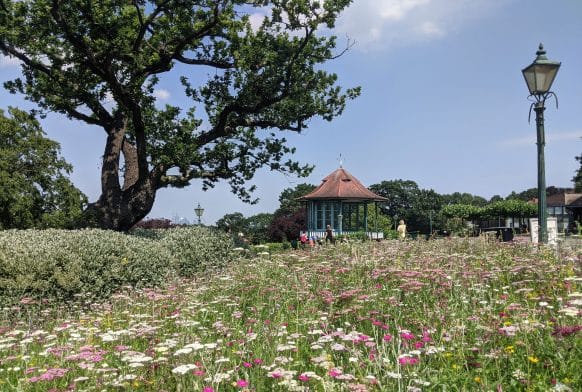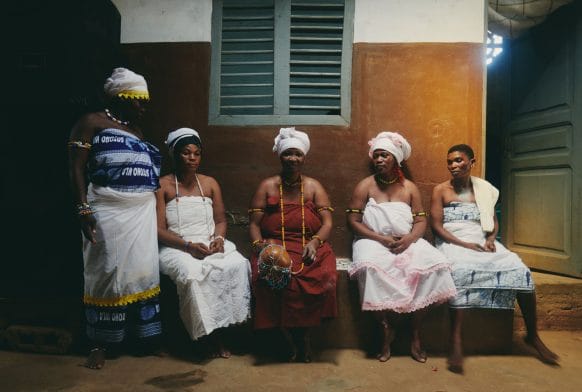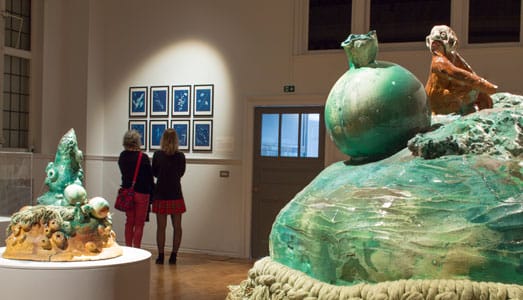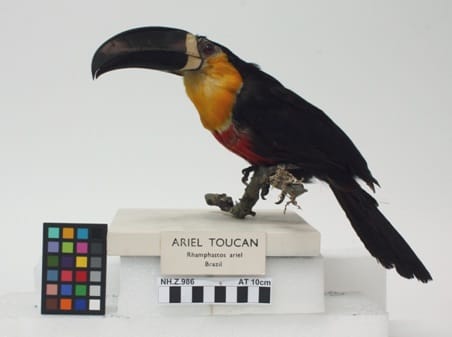Joze (spike fiddle) and bow in velvet lined case.
Resonator of half a coconut with a hole cut out from the centre. A skin (probably the amniotic sac of a goat) is stretched over the hole and over the entire exterior surface of the resonator; its edges are stuck onto the underside. A metal spike pierces the resonator diametrically and is fixed to the distal end of the tubular wooden neck of sheeshim wood (Dalbergia sissoo or Dalbergia latifolia ‘rosewood’, probably the former) . The neck is surmounted by a turned wooden finial. 4 pegs of sheeshim wood of European violin-peg design set laterally into the peg box. 4 single courses of strings, the treble string of wire, the 3 lower strings overwound with wire, of graduated thickness. A claw-shaped metal projection, soldered to the metal spike, acts as a tail-piece. Wooden semi-lunar shaped bridge. Outcurved bow of sheeshim wood with nylon strings.
Strings are tuned like a violin's and ususally plated with a violin bow.
Mohammed Fadhel Husseini advised MB that the instrument was 'tuned like a violin'.
Iin October 1987 MB saw European violin bows only being used for the jowzé by both professionals and amateurs - the bow with this instrument may therefore be an anachronism.



